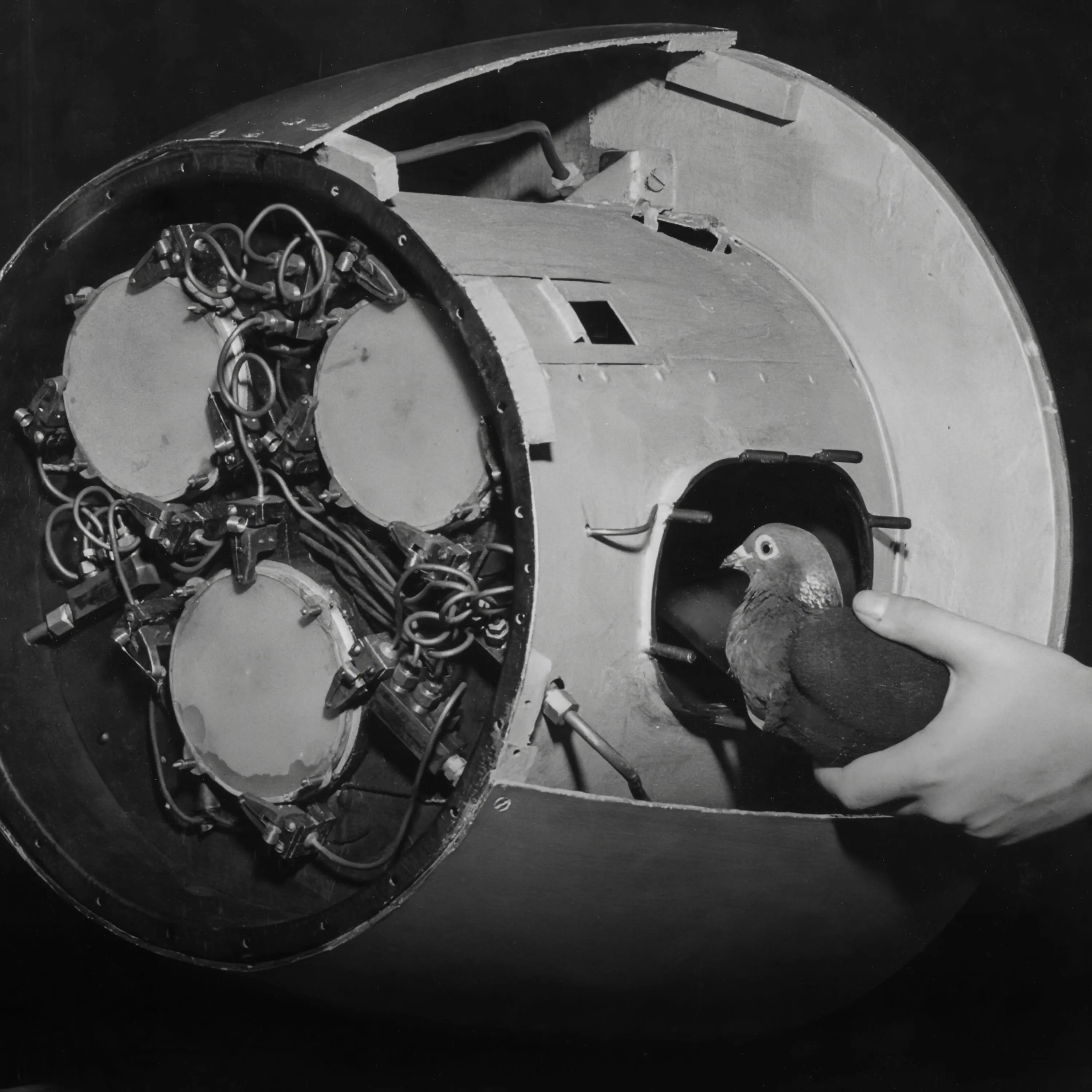
When we think of artificial intelligence, we often imagine supercomputers designed to copy the human brain. But surprisingly, one of AI’s biggest inspirations comes from pigeons.
In the 1940s, psychologist B.F. Skinner trained pigeons to guide bombs during World War II. They pecked at targets on a screen, learning through rewards. The military never used them, but Skinner discovered that pigeons were excellent at learning behaviors through trial and error. This idea, called operant conditioning, showed that actions followed by rewards get repeated.
Later, computer scientists Richard Sutton and Andrew Barto built on these ideas, developing reinforcement learning, a method where computers learn by maximizing rewards. This is the same principle that allowed AI to beat humans at chess, Go, and power technologies like self-driving cars and chatbots.
Instead of copying human thought, AI thrives on the same simple rules pigeons follow: try, fail, learn, and repeat. Even today, pigeons amaze scientists by identifying cancer in scans or solving classification tasks better than humans in some cases.
This history shows that intelligence, whether in birds, humans, or machines, often comes from experience and association, not just complex reasoning. The humble pigeon, once underestimated, quietly shaped the rise of modern AI.
Tags:
Post a comment
What is Project 17A of Indian Navy?
- 26 Aug, 2025
- 2
Why is ISRO building a new rocket launch pad?
- 29 Aug, 2025
- 2
Can deep ocean water really cool the world’s data centres?
- 27 Aug, 2025
- 2
NASA plans to build Nuclear Reactor on the Moon
- 19 Aug, 2025
- 2
Can magnets really help Astronauts breathe better in Space?
- 27 Aug, 2025
- 2
Categories
Recent News
Daily Newsletter
Get all the top stories from Blogs to keep track.
















